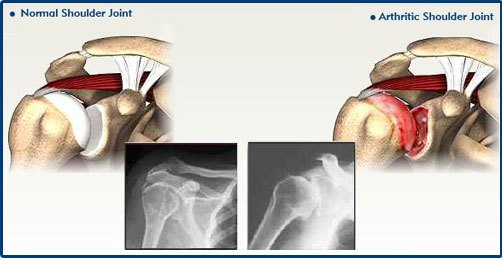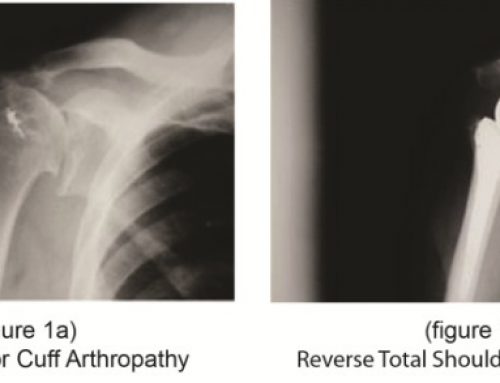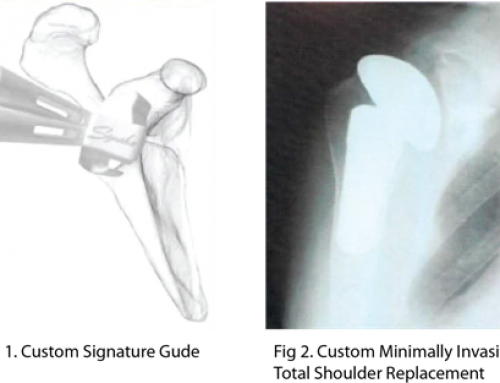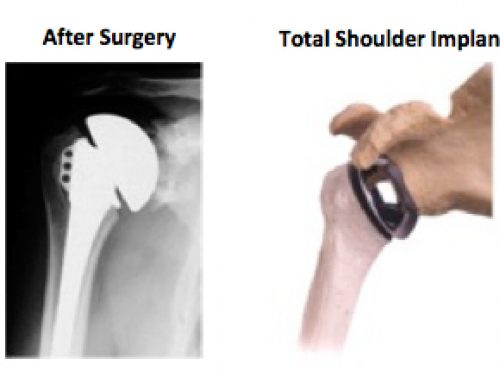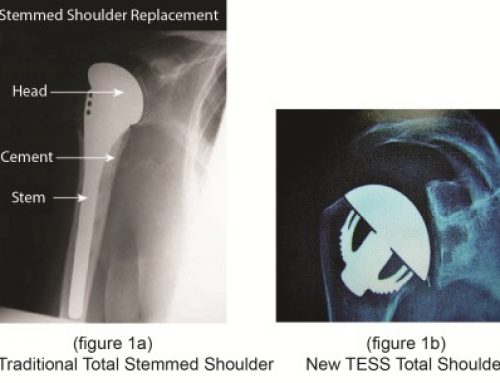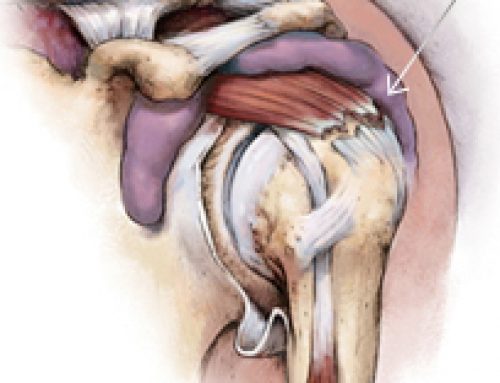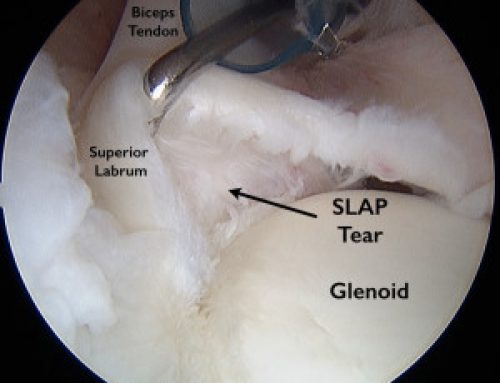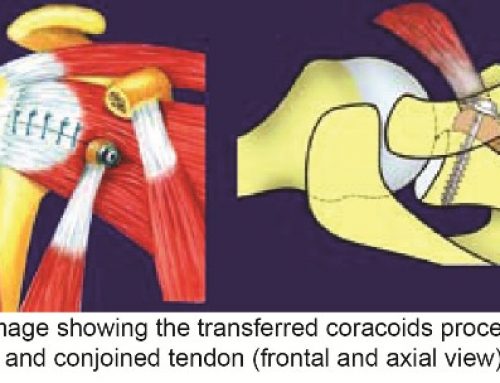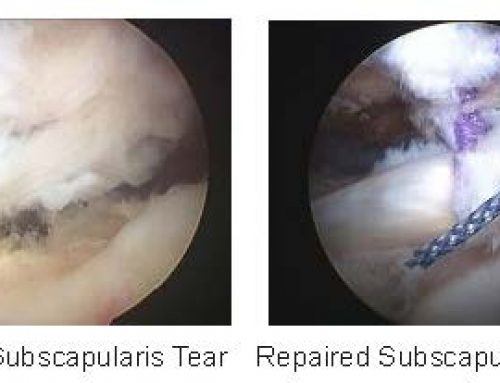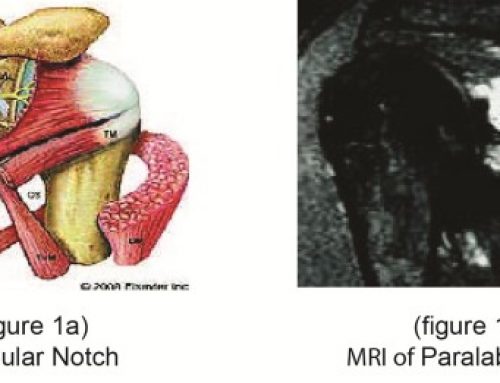Arthritis in Shoulder
by Dr. Richard Bartholomew
What is Shoulder Arthritis?
Shoulder arthritis happens to us when the cartilage in our joints wears out or gets destroyed from diseases/trauma. The cartilage is what our joints glide on and when this wears out and becomes rough you begin to get pain from one bone rubbing directly on the other bone in the joint. As arthritis worsens and the cartilage wear continues the joint becomes worn out and becomes slightly deformed. You can get arthritis in joints from multiple causes. The most common is primary osteoarthritis, which means you get it because it runs in your genes. One can also get arthritis from inflammatory diseases such as rheumatoid arthritis or from infections in your joints such as septic arthritis. Trauma to the joints can also cause injury to the cartilage, which can lead to arthritis as well. This kind of arthritis is called traumatic arthritis.
What happens when you get arthritis in shoulder?
There are two areas in the shoulder where you can get arthritis, the glenohumeral joint and the AC joint (See the anatomy section in the website.). Arthritis in the glenohumeral joint affects the shoulder the most and will give you pain and loss of range of motion. As arthritis worsens the shoulder motion will get stiffer and stiffer. Arthritis in the AC joint will also cause pain, but this will usually not affect the overall shoulder motion.
What is the natural progression of an arthritic joint?
As the joint gets more arthritic, you will begin to lose motion and you will develop more pain. Arthritic joints become flat and deformed instead of being smooth round structures. As the deformity changes the joint you will lose range of motion and as the cartilage wears out your bones will begin to rub together. This is the part that hurts.
How do you treat shoulder arthritis?
Management of arthritis can be complex. Diet and conditioning can help arthritic joints as well as medication. As the arthritic process progresses and the oral medications seem to lose their effect, I can inject medication into the joint to lessen the inflammation and decrease pain. Physical therapy is less effective in the arthritic setting than in problems like rotator cuff tears, but it may help your shoulder. If the arthritic process continues to worsen and you have failed conservative therapy, you may be a good candidate for an operative procedure. This can be a simple same-day surgical procedure done with an arthroscope or a little more involved procedure such as a shoulder replacement. This will obviously depend on the type of arthritis you have and how far along it has progressed.
What can I expect from treatment?
Every person is different and it is imperative to get the proper diagnosis so that you can start with the proper therapy, medicine and/or have the correct surgical procedure. The results are excellent in a great majority of the patients.
What do you do in a shoulder replacement?
Just as in replacement surgery in the knee and hip, shoulder replacement takes away the painful arthritic cartilage and replaces it with smooth metal and plastic components. These components glide easily and since they do not have pain fibers on the prosthesis you get pain relief from your new joint. There are over 150,000 total joint procedures done each year.
I have shoulder arthritis and a large rotator cuff tear. What can be done about this?
In patients with massive rotator cuff tears or in revision surgery, total shoulder replacement or hemiarthroplasty (half of a replacement) will not give you good results. The FDA has approved the use of a new prosthesis for use in the U.S. It is called the “reversed prosthesis” and it has been used in Europe now for over 15 years with good clinical results for this problem. This prosthesis places the ball on the socket side of the joint and the socket on the ball part of the joint.
When do you use this prosthesis?
The indications for this prosthesis are glenohumeral arthritis with massive, irreparable rotator cuff tears. It can also be used for revision shoulder replacements with massive rotator cuff tears. These patients are usually very limited with their shoulder function and have a very poor range of motion and strength.
How does it work?
To simplify things, it balances the shoulder muscles with the new prosthesis. It provides better motion and strength in your shoulder even with torn rotator cuff muscles… The design of the prosthesis allows the deltoid muscle to have improved power and thus lift the arm and give you back most of the lost motion and strength.
Dr. Bartholomew, orthopedic shoulder surgeon in Michigan, specializes in the treatment of arthritis in shoulder. Call our office to schedule a consultation to diagnose your shoulder arthritis at (248) 673-0500.

